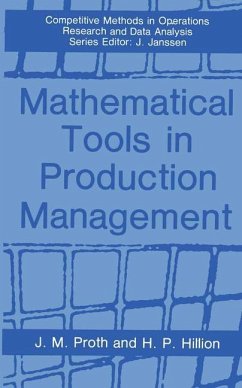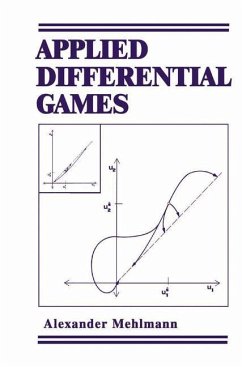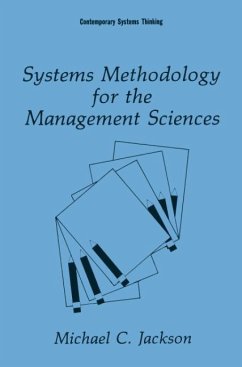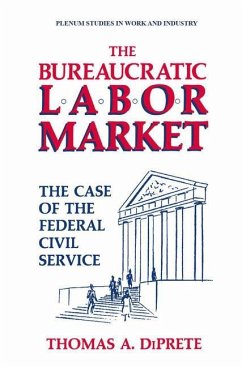
Mathematical Tools in Production Management
Versandkostenfrei!
Versandfertig in 1-2 Wochen
39,99 €
inkl. MwSt.

PAYBACK Punkte
20 °P sammeln!
The authors of this book have been in charge of over thirty industrial contracts of various length (from six months to three years); the companies involved covered a wide range of industrial activities, including steel making, hot and cold rolling, aerospace research, automobile manufactur ing, chemical manufacturing, coal mining, bronze casting, and mechanical engineering. All contracts were related to problems connected either with the preliminary design of production systems or with the management of these systems. The problems that the authors investigated involved not only designing and s...
The authors of this book have been in charge of over thirty industrial contracts of various length (from six months to three years); the companies involved covered a wide range of industrial activities, including steel making, hot and cold rolling, aerospace research, automobile manufactur ing, chemical manufacturing, coal mining, bronze casting, and mechanical engineering. All contracts were related to problems connected either with the preliminary design of production systems or with the management of these systems. The problems that the authors investigated involved not only designing and scheduling, but also the modeling, analysis, and evalua tion of production systems. The book is based to a large extent on the experience gained in working on these contracts and the mathematical procedures presented are those that have been applied during the course of work on at least one of the contracts. Moreover, the authors have always kept in mind an idea which seems pivotal in the world of industry: the difficulty in companies lies much more in determining the exact nature of a problem and defining the criteria to be taken into account, than in solving the problem itself.












